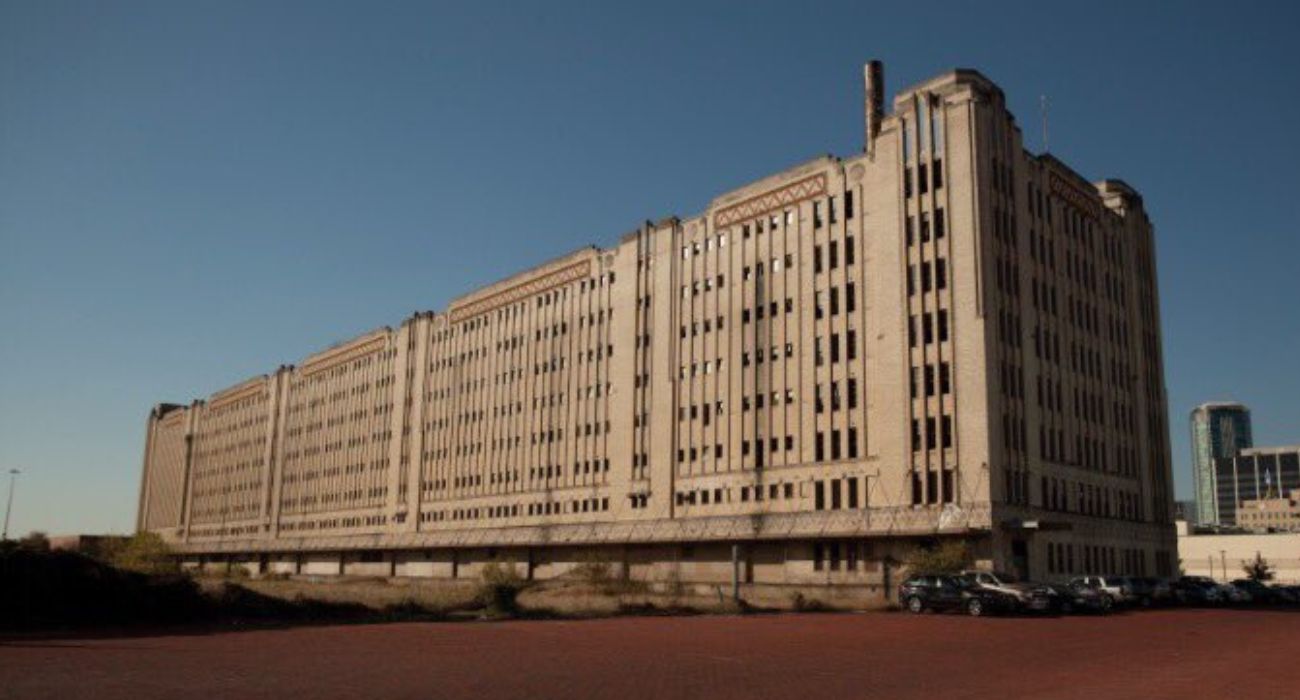The T&P Warehouse in Fort Worth is deteriorating, and the city now has limited options to handle the private property.
Ola Assem of Cleopatra Investment, the current owner of the warehouse, was granted $11.6 million to redevelop the property in 2007.
A filing with the Texas Department of Licensing and Regulation proposed $42 million worth of renovations beginning in 2009.
The project was expected to be finished in 2020, but minimal progress was made. Funding for the project was revoked by the city in 2019, per the Fort Worth Report.
Assem originally purchased the building for $6.4 million in 1998. Since then, the most recent reports indicate that the value of the location has dropped to just $4.76 million, per the FWR.
Gail Tidwell, a former city code compliance officer, described the building as an “attractive nuisance,” according to the FWR.
Downtown Fort Worth Inc. has advocated for the renovation of the building by any means possible.
The organization wrote in a statement that it is now urging the city to use “authority under state law to employ every regulatory, preservation or administrative tool available.”
“After years of negotiations, significant public incentives offered and lost, deadlines missed and well-qualified developers brought to the table but ultimately unable to forge a workable relationship, the latest City of Fort Worth sponsored report on the T&P Warehouse demonstrates the building’s continued deterioration,” said the statement.
Although the building is private property, the city could take legal action by filing a civil lawsuit under Section 54.012 of the Texas Local Government Code, according to the FWR.
The code allows for civil action to be taken by the city to enforce an ordinance against a building for the sake of protecting public safety.
A report by the Fort Worth Local Development Corp. estimates that over $2 million worth of repairs would be required over the next three years to maintain the building’s structural integrity.
Brian Owsley, associate professor of law at the University of North Texas Dallas College of Law, said filing for civil action may be the final option for the city to renovate the building.
“Litigation isn’t always the answer, but sometimes it may be what is going to have to happen. I mean, if the city sits and waits too long, the property crumbles further and then it can’t be renovated,” he said, per the FWR.
The Fort Worth Historic Preservation Office plans to submit a report regarding renovations to the Historic & Cultural Landmarks Commission in August. If the commission finds that renovation is not possible, demolition could be ordered by the building standards commission or municipal court, as reported by the FWR.
Justin Newhart, preservation and design manager for the city, believes that the commission will find that the building can be rehabilitated.
In an email to the FWR, Newhart explained that the office has submitted “the same request a few times in the past and they have always found that the structure can be reasonably rehabilitated.”
The most recent submission was in 2017, and the determination was that the building could be renovated.






